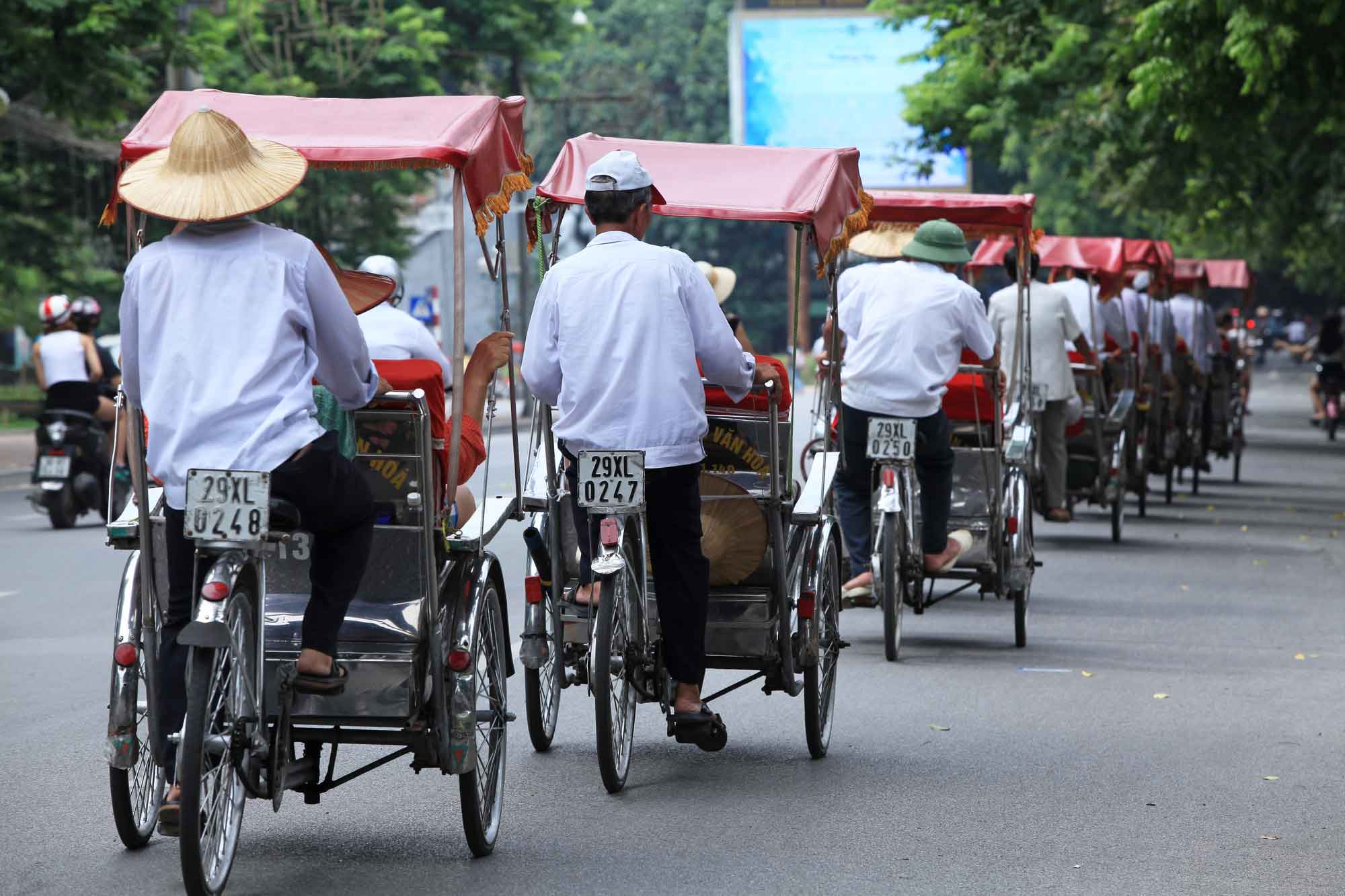Remember going to the bank or AAA to buy traveler’s checks before your vacation? It hasn’t been that long ago that traveler’s checks were not only the safest way to carry money, but also the most popular, whether traveling domestically or abroad.
Local currency used to be the only acceptable means of payment. And the primary way of obtaining that currency was to exchange cash or traveler’s checks at local banks, airport exchange kiosks, or hotels while on the road, or purchasing foreign currency prior to departure. Getting the best exchange rate was the traveler’s scavenger hunt. And there was the added excitement of trying to guess how much cash you would need for your trip.
Today’s options are more convenient, safer, and cheaper. Debit and credit cards reduce the need to carry large sums of cash, allow travelers to make purchases and obtain cash very near to the interbank exchange rate, and eliminate the guessing game of determining how much foreign currency you’ll need.
Debit cards are an excellent way to get cash. ATM machines are open 24/7, they issue money in local currency, and the exchange rates are close to wholesale, much better than hotel, airport, and even local bank rates. Call your bank before you leave to notify them of your travels and ensure your PIN number will work outside the country. Also, get the phone number to call from outside the US if your card is lost or stolen. Know your daily limits and don’t wait until you are out of cash to go to an ATM. Those machines run out of money and break down in other countries, too!
For larger purchases, hotel charges, etc. consider a credit card. It will reduce the amount of cash you’ll need and there are some purchase protections offered with some cards. Notify the card issuer before you travel so they will be aware that you will be making charges from another country. Use a card issued by a company that doesn’t charge “currency exchange fees”. If you don’t have such a card, use the one with the lowest rate.
VISA or MasterCard are the most widely accepted. AMEX sometimes has challenges – especially with small local merchants. And Discover is not universally accepted. If you prefer AMEX or Discover, have a VISA or MC for back up. You also want to make sure your card uses chip and PIN, not magnetic swipe. This technology was implemented internationally long before it was adopted in the US and there are many places you can’t use a swipe card – especially transportation kiosks and vending machines.
My personal MO is to bring a debit card for cash and a major credit card for everything else. I don’t purchase currency in advance. I hit an ATM at the airport upon arrival for local currency. If there isn’t an ATM at the airport, I buy a minimal amount of currency at the exchange booth and find an ATM or bank later to supplement, as needed.
There will be unique situations with some countries that differ from this guide. Your travel consultant (me, I hope!) can help you plan accordingly. Otherwise, if you follow these tips you should be good to go. Have a great trip!
Like this article? Sign up for my weekly newsletter to keep up with hints, tips, and the latest travel must dos.




